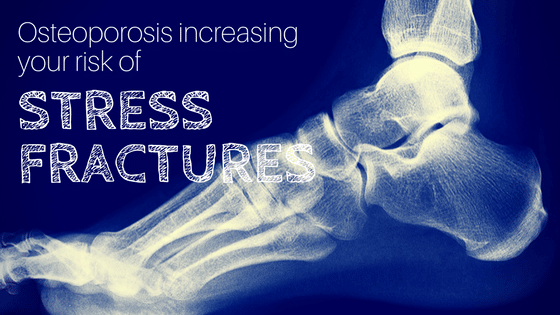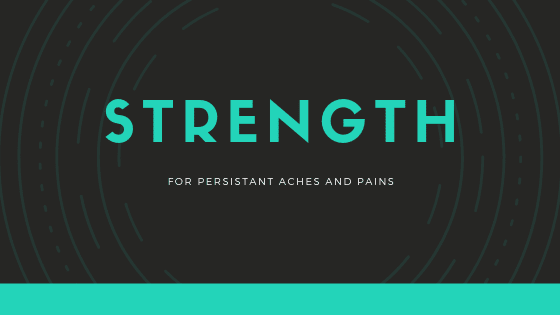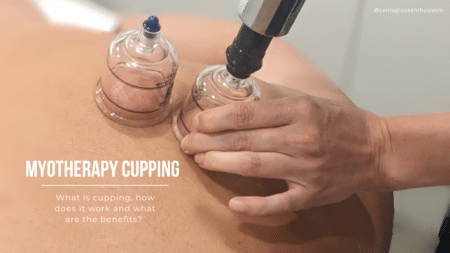How becoming stronger can alleviate your aches & pains
As Myotherapists, most people we see have some level of pain or discomfort and are looking for relief. Every case is different; an initial assessment will include postural evaluation, aggravating movements and palpation of surrounding structures as well as the pain site. Once the target tissue is addressed, we work to alleviate the pain site whether it be emanating from there or referred pain.
In some cases, muscles become hypertonic (tight) and overloaded – these muscles are great to stretch and respond well to manual therapy techniques such as massage and cupping. There are muscles which oppose these and are often dysfunctional as they are weak, underused and may begin to atrophy. They can develop the same level of pain as hypertonic muscles as they have trigger points/zones that prevent the muscle functioning well and therefore cannot handle the load during physical exercise. After releasing the hypertonic muscles through massage and stretching, we can address the weak muscles by working into the latent trigger points which will allow the muscle to function better and send signals to the brain to get that muscle firing again. Many people feel as if strengthening a sore muscle can be counter-intuitive however the results have been proven to be very effective.
Strengthening musculature around pain sites can also rewire the brain to move with more confidence rather than fear. Many people find that once the area has been calmed down and the pain addressed by myotherapy techniques they are able to focus their attention on strengthening up the area to prevent further injury and pain. There has been a lot of attention around core strength and the benefits of this particularly for lower back pain, similarly there are strengthening exercises for other parts of the body to help with acute flare ups or injury.
Some benefits of strength training include:
- Increased blood flow, capillaries open, the body mobilises resources to supply muscles with oxygen and nutrients
- Metabolic waste products are produced and eliminated by the body
- Coordination and neurological function improve with every workout as you learn how to recruit the right muscle fibres
- Altering firing patterns – recruiting the correct muscles to strengthen the weak and take pressure from the overused. Inhibitory and excitatory reflexes are exercised and balanced, which help to provide injury prevention.
Of course strength training is not the answer for every persons pain (neuropathies, frozen shoulder, sensitization, RSI, chronic fatigue etc.) It is always best to have a full assessment to address your case and work out treatments, aims and plan from there.
Strength training provides people with a greater sense of autonomy over their body which they can use as a tool to prevent acute flare ups and keep pain at bay. The physiological, psychological and remapping of the brain benefits are undeniable in the rehab of injury and pain.
Speak to a Myotherapist today to discuss how you can work towards being pain free!
By Claire Adamson (Myotherapist)







